Home>Articles>What To Do If Someone Is Being Shocked By An Electrical Cord
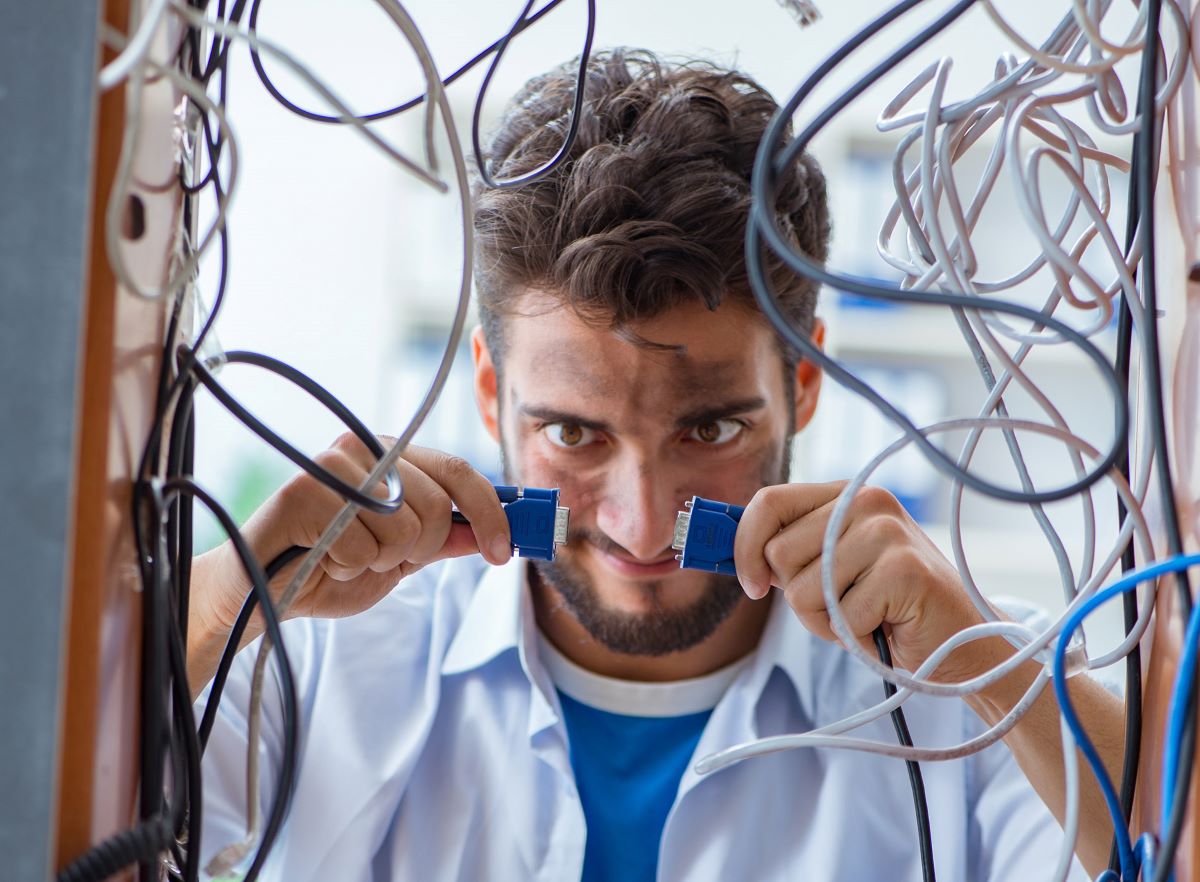

Articles
What To Do If Someone Is Being Shocked By An Electrical Cord
Modified: December 7, 2023
Learn how to respond if someone is being shocked by an electrical cord with these informative articles. Stay informed and stay safe.
(Many of the links in this article redirect to a specific reviewed product. Your purchase of these products through affiliate links helps to generate commission for Storables.com, at no extra cost. Learn more)
Introduction
Electrical accidents can happen unexpectedly and pose a serious risk to personal safety. If you find yourself in a situation where someone is being shocked by an electrical cord, it is crucial to take immediate action to ensure their well-being. Knowing the necessary steps to respond effectively can make all the difference in saving a life and minimizing further injury.
In this article, we will guide you through the essential actions to take if you encounter someone experiencing an electric shock from a cord. By following these steps, you will be better equipped to respond swiftly and safely in such an emergency situation.
Key Takeaways:
- Immediate action is crucial when someone is shocked by an electrical cord. Assess the situation, ensure safety, and call for professional medical assistance to minimize further injury and increase the chances of a positive outcome.
- Providing first aid for electrical burns and seeking professional medical evaluation are essential steps after an electrical shock. Prompt and appropriate care can prevent long-term complications and ensure comprehensive treatment for the person involved.
Assessing the Situation
When you come across someone being shocked by an electrical cord, it is crucial to assess the situation promptly. Before taking any action, you first need to ensure your own safety. Do not touch the person or the cord directly, as it could still be conducting electricity.
Take a moment to observe the surroundings. Determine if the person is still in contact with the live electrical source or if they have already been disconnected. Assess the severity of the shock by observing their reaction and any visible signs of distress, such as convulsions or unconsciousness.
If it is safe to approach, ask the person if they are able to respond or communicate. In some cases, the shock may cause temporary paralysis or disorientation, making it difficult for the person to respond verbally. Keep in mind that your primary goal is to provide immediate assistance and ensure their safety.
If the person is conscious and able to communicate, ask them about any existing medical conditions or concerns that could affect their response to electrical shock. This information can be valuable for medical professionals when they arrive.
Remember, it is important to stay calm and focused during this initial assessment. By quickly evaluating the situation and the person’s condition, you can determine the appropriate actions to take next.
Ensuring Safety
Before attempting to help someone who is being shocked by an electrical cord, it is crucial to ensure your own safety. Electricity can be extremely dangerous, and you must take precautions to avoid becoming a victim as well.
The first step is to remove yourself and others from the immediate danger zone. If possible, turn off the power source to the electrical cord. This could involve flipping a switch, unplugging the cord, or turning off the main circuit breaker. If you are unsure how to do this safely, it is best to wait for professional help.
Never touch the person being shocked or the electrical cord with your bare hands. Doing so may result in an electric shock for you as well. Instead, use a non-conductive object like a wooden broom handle or a dry cloth to separate the person from the cord.
If it is not possible to turn off the power source, you can use a dry, non-conductive material to create a barrier between yourself and the electrical current. This could be a piece of rubber or a thick layer of clothing. By placing this material between you and the cord, you can minimize the risk of electric shock.
Ensure that the area around you is clear of any water or wet surfaces. Water is a conductor of electricity and can increase the risk of electric shock. If the person being shocked is standing on a wet surface, it is important to move them away to a dry location before attempting any further actions.
Additionally, if the person is wearing any metallic objects such as jewelry or a belt, remove these items if it can be done safely. Metal conducts electricity and can exacerbate the effects of the shock.
Remember, your safety is paramount in situations involving electrical shocks. Take every precaution necessary to protect yourself and others before providing assistance.
Turning off the Power Source
After ensuring your own safety, the next step is to turn off the power source to the electrical cord to stop the flow of electricity. This is a crucial step in minimizing the risk of further injury to the person being shocked.
Depending on the situation, there are different methods to turn off the power source:
- If the electrical cord is plugged into an outlet, locate the outlet and unplug the cord. Use caution when doing so, ensuring that your hands are dry and that you are not in contact with any conductive surfaces.
- If it is not possible to unplug the cord directly, locate the circuit breaker panel in your home or building. Open the panel and identify the appropriate circuit breaker that corresponds to the area where the electrical cord is connected. Flip the switch to the “Off” position to cut off power to that area.
- In some cases, the electrical cord may be connected to a power strip or an extension cord. Locate the power strip or extension cord and unplug it from the outlet.
Once you have successfully turned off the power source, it is important to verify that it has been disabled. You can do this by using a non-contact voltage detector or by testing a known working device in the same outlet. Be cautious during this step and avoid touching any exposed wires or terminals, as they may still carry an electrical charge.
By turning off the power source, you eliminate the immediate danger of electric shock for both the person and anyone else in the vicinity. This step is crucial in ensuring their safety and allowing you to proceed with further assistance.
Removing the Person from the Electric Shock
Once you have turned off the power source, it is important to remove the person from the electric shock to minimize the duration of exposure to electrical current. Prompt action is essential in preventing further injury.
First, assess the condition of the person. If they are conscious and able to move, instruct them to carefully step away from the electrical cord. It is important to remind them not to touch the cord or any other potentially live wires.
If the person is unconscious or unable to move on their own, you will need to assist them in moving away from the electrical source. Remember to avoid direct contact with them and the cord to prevent the risk of electric shock.
Use a non-conductive object, such as a wooden broom handle or a dry cloth, to carefully pull or push the person away from the electrical cord. Be gentle and cautious during this process to avoid causing any further injury or aggravating existing conditions.
Once the person is a safe distance away from the electrical cord, lay them down on a flat surface. Check their breathing and pulse to assess their vital signs. If they are not breathing or their pulse is absent, you may need to perform CPR (Cardiopulmonary Resuscitation) until medical help arrives.
It is important to note that if you are not trained in CPR, it is best to provide only basic first aid and wait for professional medical assistance. If you have taken a CPR course or are confident in your abilities, you can begin chest compressions and rescue breaths following the guidelines of CPR.
Removing the person from the electric shock is an essential step in ensuring their safety. Promptly and safely moving them away from the electrical source helps minimize the potential injury caused by electric shock and allows for further assistance to be provided.
If someone is being shocked by an electrical cord, do not touch them with your bare hands. Turn off the power source if possible or use a non-conductive object to separate them from the cord. Call for emergency medical help immediately.
Read more: What To Do With A Frayed Electrical Cord
Performing CPR (Cardiopulmonary Resuscitation) if Necessary
In some cases, when someone is being shocked by an electrical cord, they may experience cardiac arrest or stop breathing. If this occurs, performing CPR (Cardiopulmonary Resuscitation) becomes crucial in maintaining blood circulation and providing oxygen to the vital organs until professional medical help arrives.
Before starting CPR, make sure the person is on a firm, flat surface, such as the ground or floor. Ensure there are no obstacles around and that you have uninterrupted access to the person’s chest.
Follow these steps to perform CPR:
- Check responsiveness: Tap the person’s shoulder and ask loudly, “Are you okay?” If they do not respond or show any signs of movement, proceed to the next step.
- Call for help: Call emergency medical services (911 in the United States) or instruct another person to do so. It is crucial to get professional medical assistance as soon as possible.
- Open the airway: Tilt the person’s head back gently, lifting the chin to open their airway. Check for any obstructions in their mouth or throat and, if present, clear them by carefully sweeping with your finger.
- Start chest compressions: Position yourself kneeling beside the person’s chest. Place the heel of one hand on the center of their chest (between the nipples) and interlock your other hand on top. Keep your arms straight and lean forward, using your upper body weight to press down on the chest at a depth of about 2 inches (5 centimeters). Perform chest compressions at a rate of 100-120 compressions per minute.
- Rescue breaths: After 30 compressions, give two rescue breaths. Pinch the person’s nose, create a seal with your mouth over theirs, and deliver a breath that lasts about one second. Watch for the rise and fall of the person’s chest and ensure adequate ventilation.
- Continue cycles of compressions and breaths: Repeat the cycle of 30 compressions followed by two rescue breaths until professional medical help arrives or the person shows signs of recovery.
It is important to remember that CPR should only be performed by individuals who are trained and confident in their abilities. If you are unsure of how to perform CPR or are not trained in it, providing basic first aid and waiting for professional help may be the best course of action.
By performing CPR, you are giving the person a higher chance of survival while waiting for emergency medical services to arrive.
Calling for Emergency Medical Assistance
When someone is being shocked by an electrical cord, it is crucial to call for emergency medical assistance as soon as possible. Whether the person is conscious or unconscious, professional help is needed to provide specialized care and treatment.
Follow these steps when calling for emergency medical assistance:
- Assess the situation: Evaluate the severity of the person’s condition. Consider their level of consciousness, breathing, and any visible signs of distress. This information will be important to communicate to the medical professionals.
- Call the emergency services: Dial the appropriate emergency number for your location (e.g., 911 in the United States) to reach the emergency services. Clearly explain the situation to the operator, providing details about the electrical shock and the person’s condition.
- Follow the operator’s instructions: The operator will guide you through the necessary steps, which may include providing basic first aid or performing additional actions until the medical help arrives. It is important to listen carefully and follow their instructions precisely.
- Stay on the line: Do not hang up until advised to do so by the operator. They may need to gather additional information or provide further instructions throughout the call.
- Provide updates: If there are any changes in the person’s condition, relay this information to the operator. Updates can help the emergency responders prepare for the situation more effectively.
When calling for emergency medical assistance, it is important to provide clear and accurate information. Remain calm and speak clearly to ensure that the operator understands the severity and urgency of the situation.
Keep in mind that professional medical help is necessary in cases of electrical shock, as they are equipped with the knowledge and resources to provide the appropriate care.
By promptly calling for emergency medical assistance, you are ensuring that the person receives the necessary help and increasing their chances of a positive outcome.
Providing First Aid for Electrical Burns
Electrical burns can occur when someone is being shocked by an electrical cord. These burns can vary in severity, ranging from minor to life-threatening. It is important to provide immediate first aid to reduce the risk of infection and mitigate further damage.
Follow these steps when providing first aid for electrical burns:
- Ensure safety: Before attempting to provide first aid, ensure that the person and yourself are in a safe environment away from the electrical source.
- Assess the burn: Evaluate the severity of the burn. Minor burns typically result in reddened skin, while severe burns may cause blisters, charred skin, or even deep tissue damage. Assessing the size and depth of the burn will help determine the appropriate course of action.
- Cool the burn: For minor burns, you can gently cool the affected area with cool (not cold) running water for 10-20 minutes. Avoid using ice or very cold water as it may cause further tissue damage. Cooling the burn helps to alleviate pain and reduce the extent of the injury.
- Protect the burn: After cooling the burn, cover it with a sterile non-stick dressing or a clean cloth to protect it from dirt and bacteria. Avoid using adhesive bandages directly on the burn to prevent sticking to the wound.
- Seek medical advice: It is important to seek professional medical advice for any electrical burn, regardless of the severity. Contact a healthcare professional or visit the nearest emergency room to have the burn evaluated and receive appropriate treatment.
- Do not: Do not apply creams, ointments, or home remedies to the burn as they can interfere with proper healing and may increase the risk of infection. Additionally, avoid popping any blisters that may have formed.
Keep in mind that electrical burns can be deceiving, as the damage may extend beyond what is visible on the surface. Seeking professional medical evaluation is essential to assess the full extent of the burn and receive appropriate care.
By providing immediate first aid for electrical burns, you are taking steps to minimize further damage and promote the healing process.
Seeking Professional Medical Evaluation
It is crucial to seek professional medical evaluation for someone who has been shocked by an electrical cord, even if there are no visible injuries or immediate symptoms. Professional medical evaluation is essential for assessing the extent of the damage, identifying any internal injuries, and providing appropriate treatment.
Here are the reasons why seeking professional medical evaluation is important:
- Hidden injuries: Electrical shocks can cause internal injuries that may not be immediately apparent. These internal injuries can be life-threatening and may include damage to organs, muscles, or the nervous system. Only a medical professional can properly assess, diagnose, and treat these potential injuries.
- Delayed symptoms: Sometimes, symptoms of an electrical shock can be delayed. The person may initially seem fine but could develop complications later on. Seeking medical evaluation ensures that any delayed symptoms are addressed promptly, minimizing the risk of further complications.
- Infection prevention: Electrical burns, even minor ones, can be prone to infection. A medical professional can clean and dress the burn properly to prevent infection and facilitate proper healing. They may also prescribe antibiotics if necessary.
- Pain management: Medical evaluation allows for effective pain management. They can administer appropriate pain medication or recommend pain management techniques to alleviate any discomfort associated with the electric shock or resulting injuries.
- Prevent long-term complications: Professional medical evaluation can help identify and prevent potential long-term complications associated with electrical shocks. Early intervention and appropriate treatment can contribute to a better prognosis and minimize the risk of long-lasting effects.
- Psychological support: Electrical shocks can be traumatic experiences, and professional medical evaluation often includes psychological support. Medical professionals can provide counseling or refer the person to mental health professionals who specialize in trauma if needed.
Remember, electrical shocks, even seemingly minor ones, should never be taken lightly. Seeking professional medical evaluation ensures that the person receives comprehensive and appropriate care to address any potential injuries or complications.
Do not hesitate to consult a healthcare professional or visit the nearest emergency room for a thorough evaluation after an electrical shock.
Read more: What Do The Magnets Do On My Electrical Cord
Conclusion
Encountering a situation where someone is being shocked by an electrical cord can be frightening and potentially life-threatening. However, by following the appropriate steps and taking immediate action, you can help ensure the safety and well-being of the person involved.
In this article, we have discussed the essential actions to take when someone is being shocked by an electrical cord. From assessing the situation and ensuring your own safety to turning off the power source, removing the person from the electrical shock, performing CPR if necessary, calling for emergency medical assistance, providing first aid for electrical burns, and seeking professional medical evaluation, each step plays a critical role in responding effectively to such emergencies.
It is important to remember that electrical shocks can have hidden dangers and potential long-term effects. Seeking professional medical evaluation is crucial to fully assess and treat any injuries sustained during the electrical shock.
By understanding and implementing the steps outlined in this article, you are better equipped to respond calmly and effectively if you ever come across someone being shocked by an electrical cord. Your quick actions and proper care can make a significant difference in saving lives, minimizing injuries, and ensuring the best possible outcome for those involved.
Always prioritize safety, follow the necessary precautions, and stay vigilant when it comes to electrical hazards. Remember, your actions have the potential to save lives and make a positive impact in times of unexpected emergencies.
Frequently Asked Questions about What To Do If Someone Is Being Shocked By An Electrical Cord
Was this page helpful?
At Storables.com, we guarantee accurate and reliable information. Our content, validated by Expert Board Contributors, is crafted following stringent Editorial Policies. We're committed to providing you with well-researched, expert-backed insights for all your informational needs.
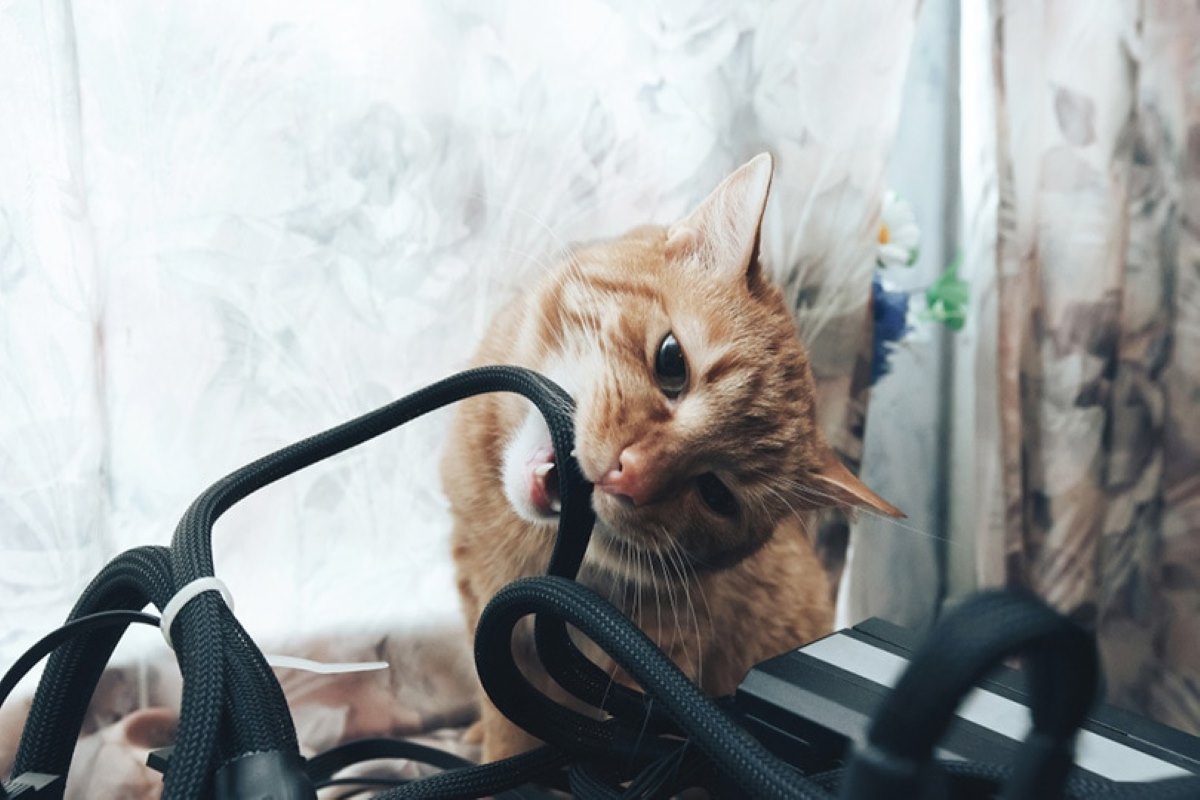
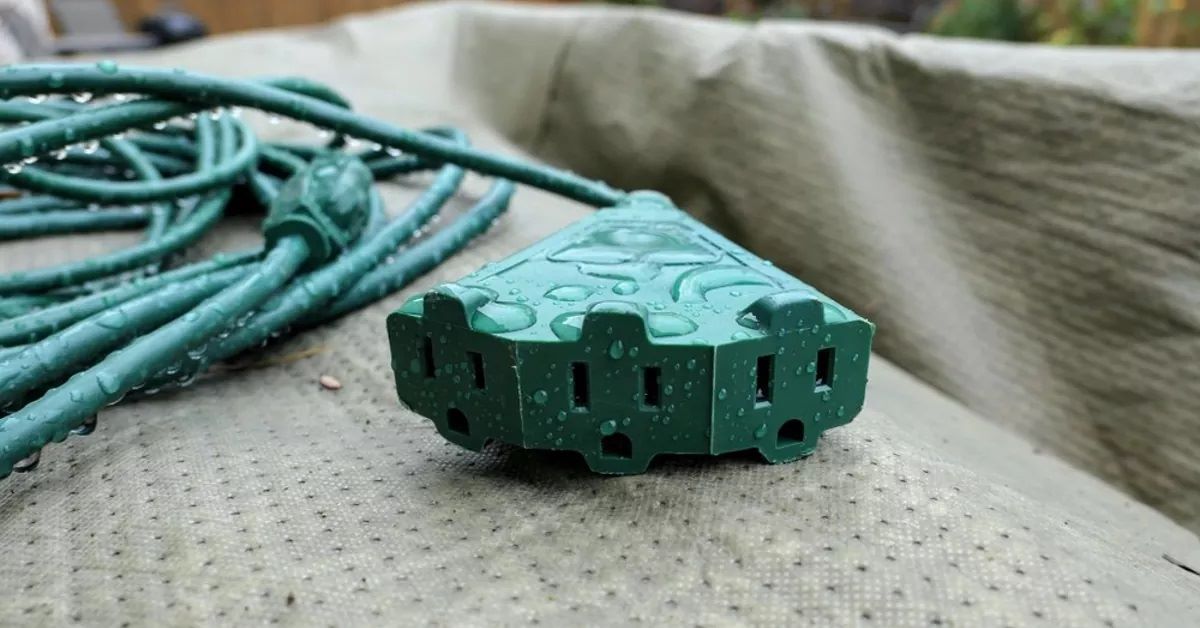



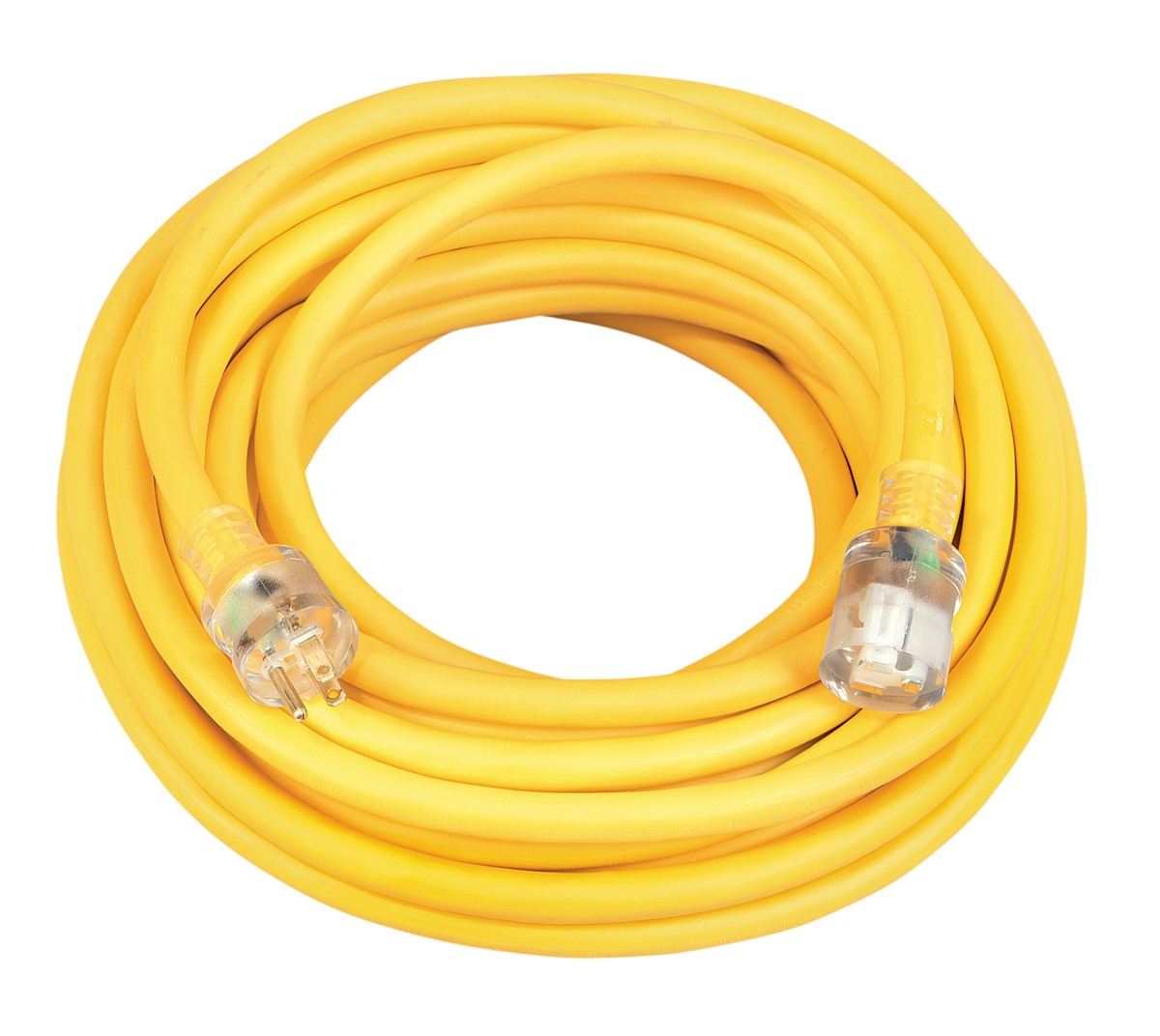
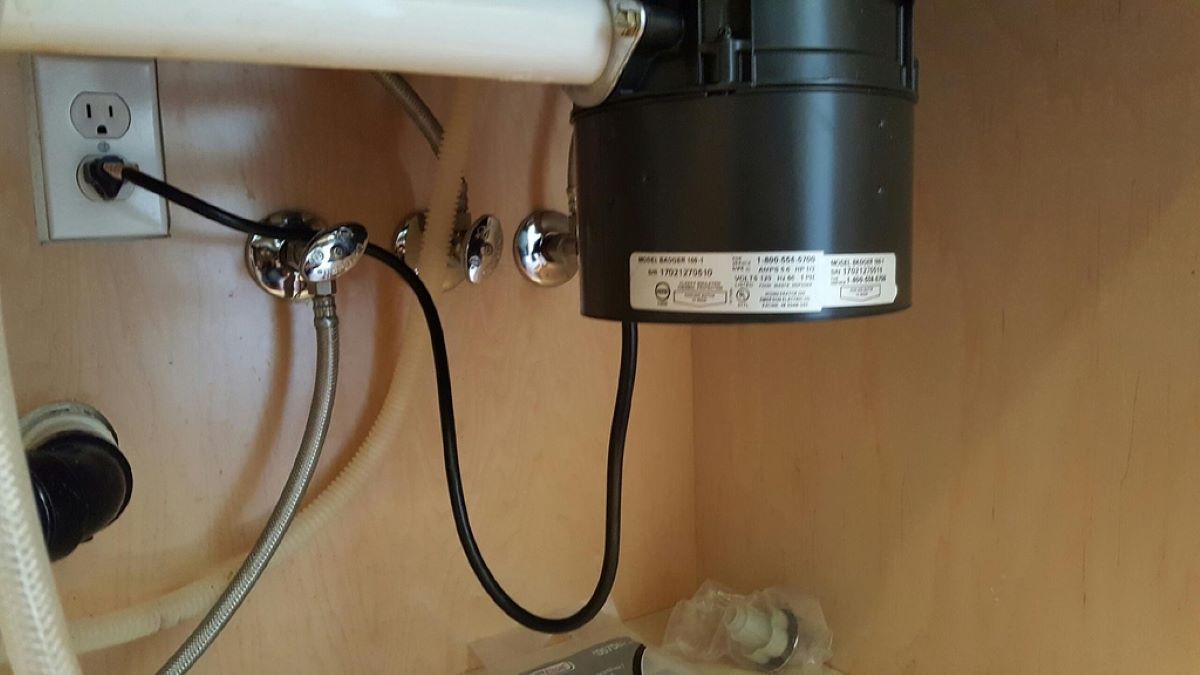
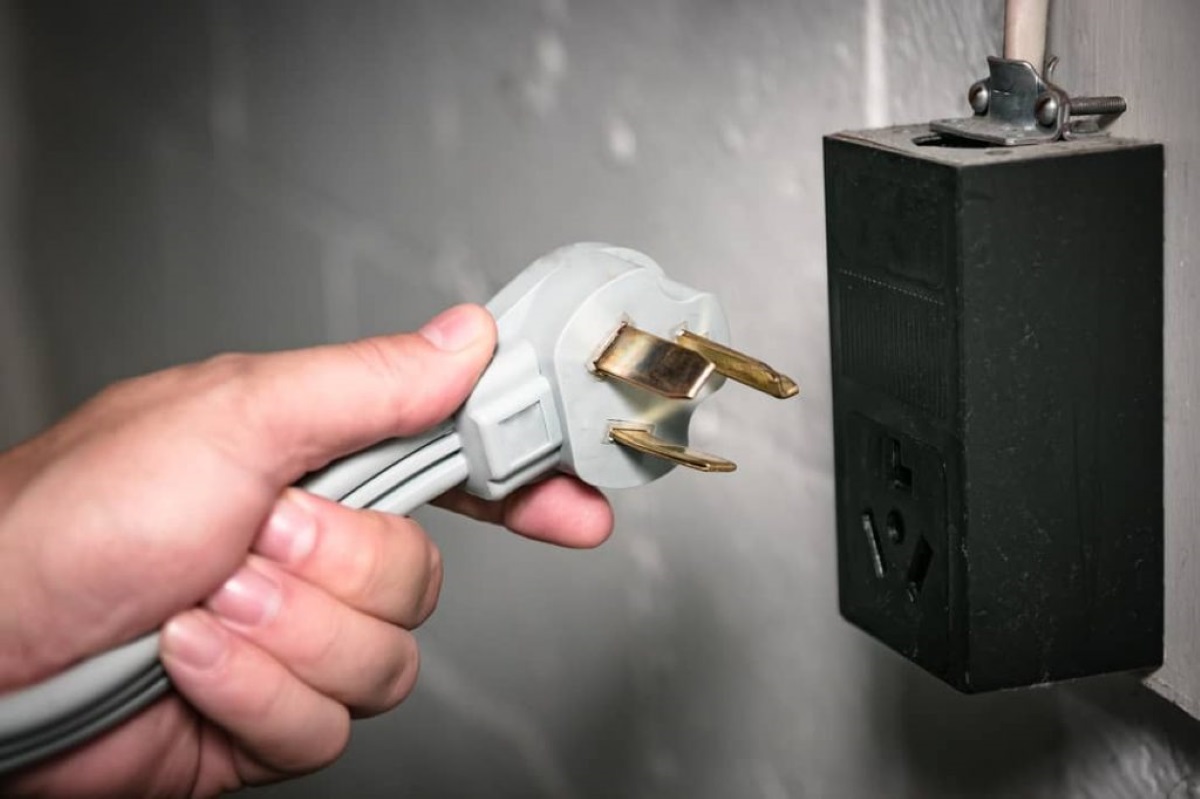
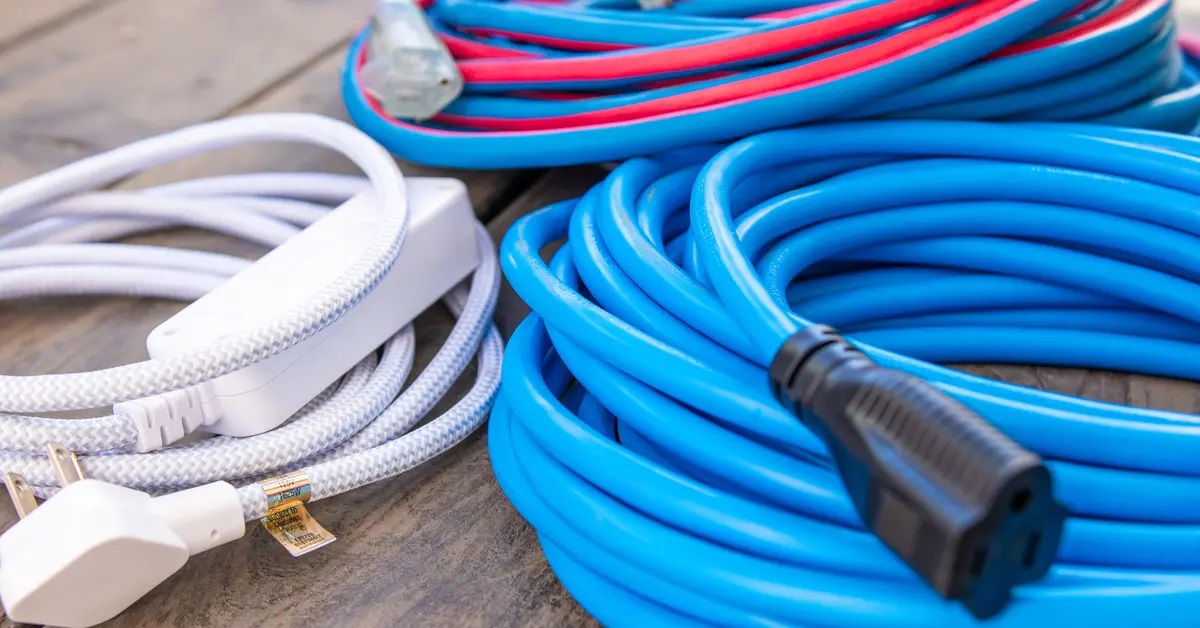
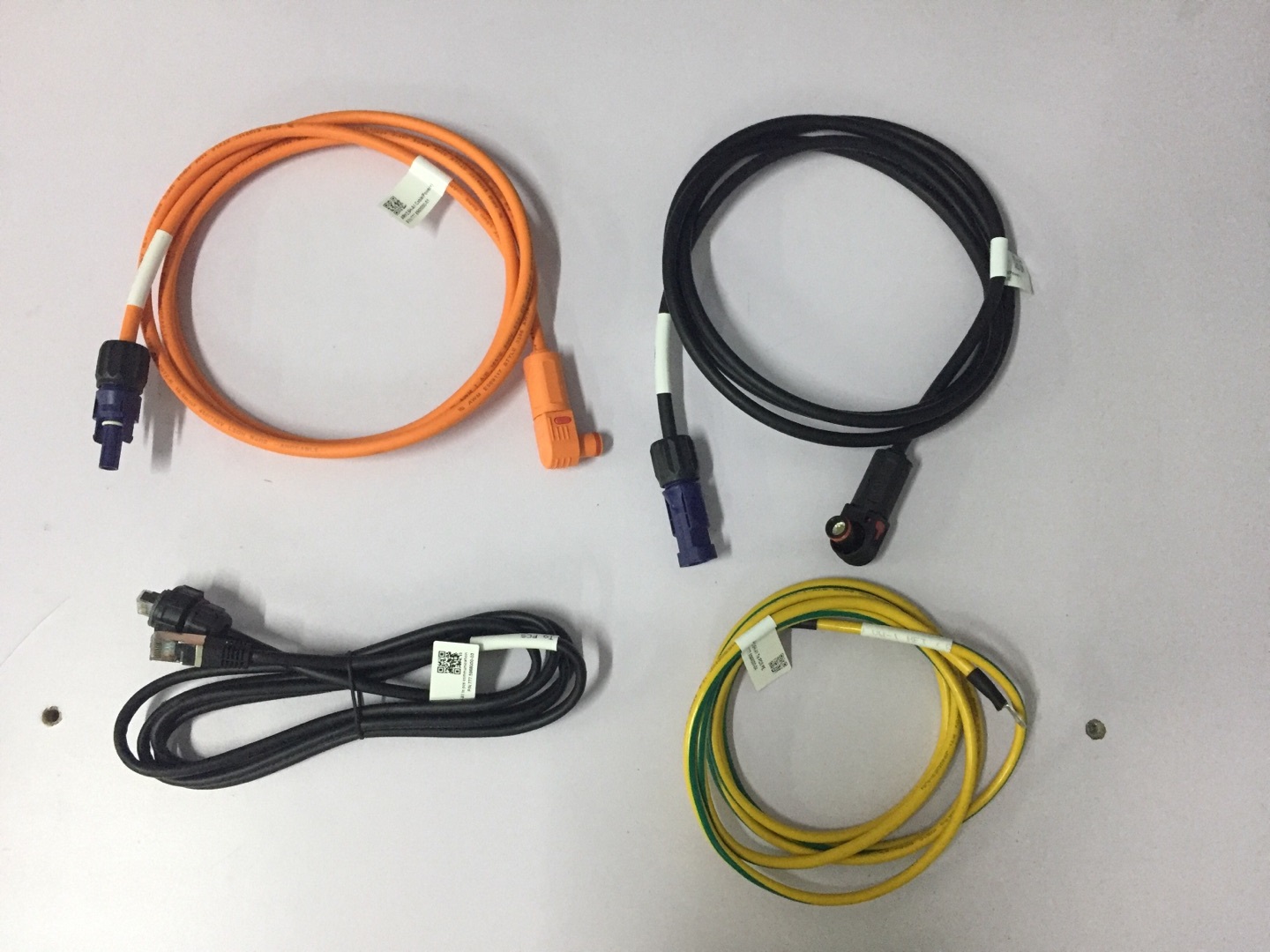
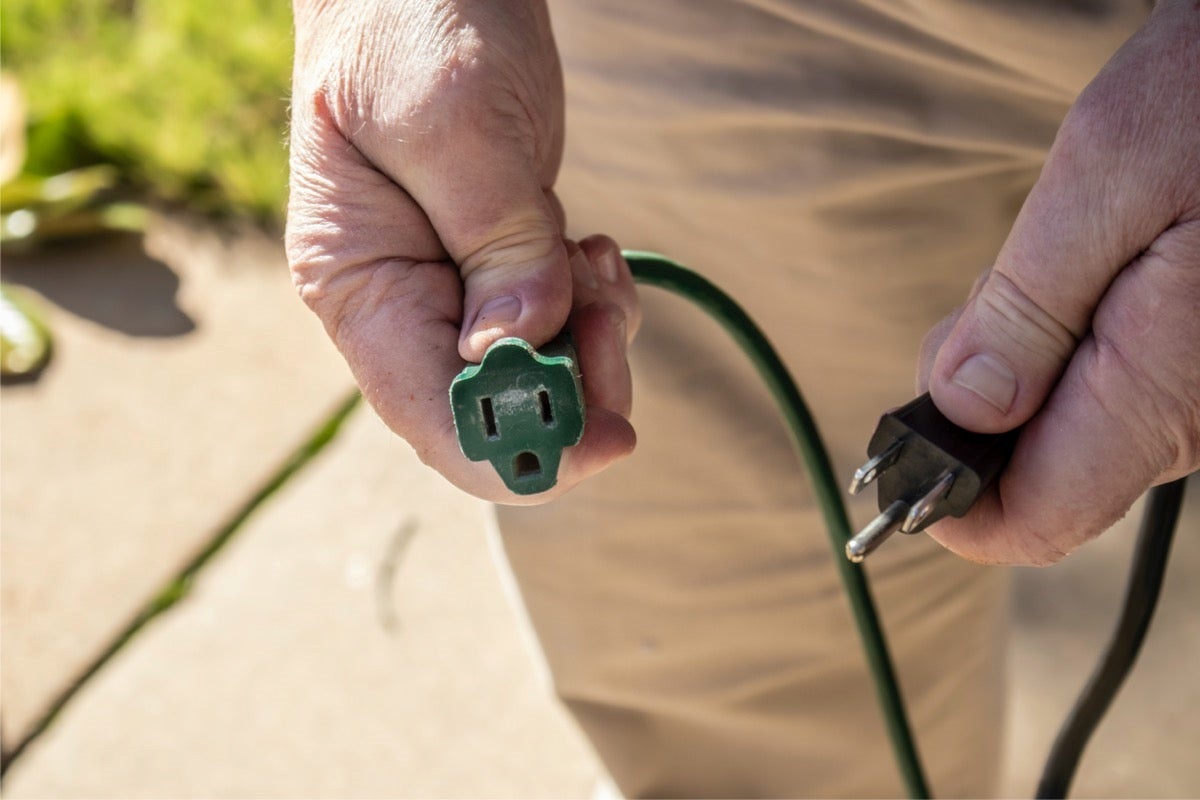
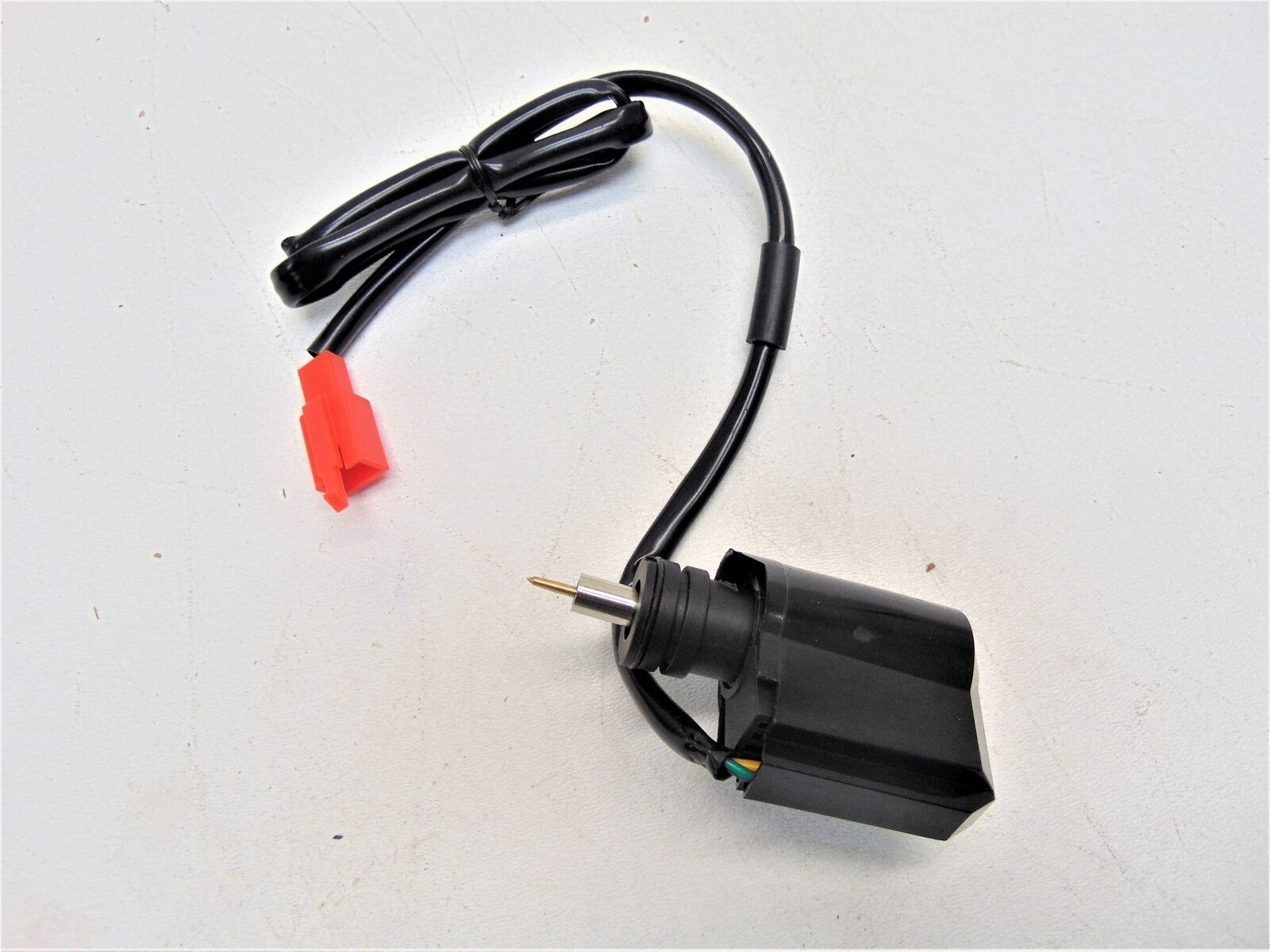


0 thoughts on “What To Do If Someone Is Being Shocked By An Electrical Cord”